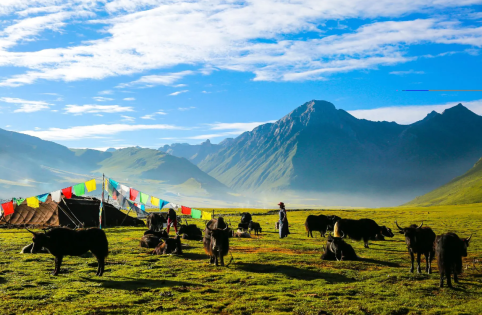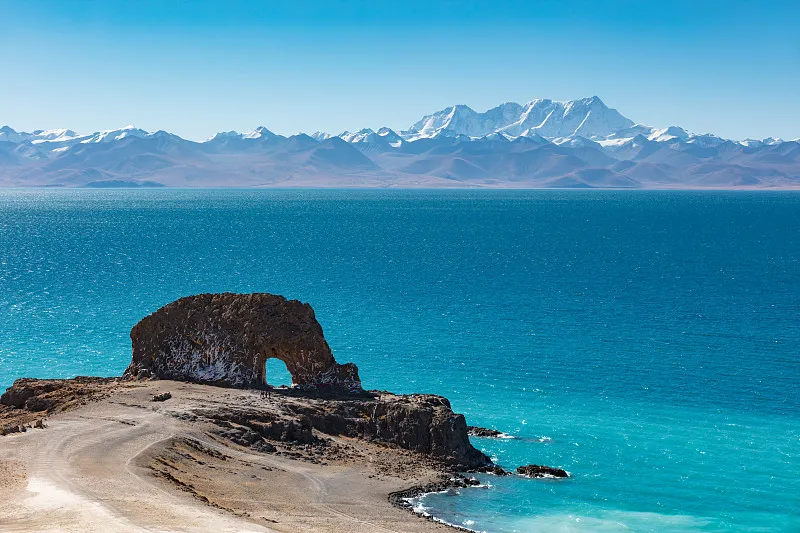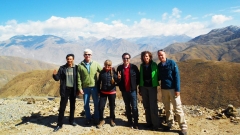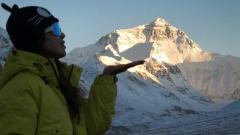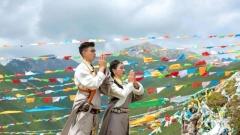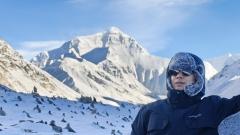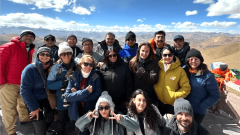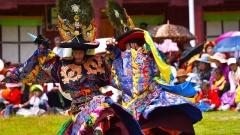In the northern heart of Tibet lies the vast and untamed Nagqu Grasslands—a land where endless pastures stretch to the horizon, snowcapped peaks guard the skyline, and nomadic tents dot the rolling fields. Known as one of the highest and most expansive grasslands on earth, Nagqu embodies the wild beauty of Tibet, offering travelers both breathtaking scenery and a glimpse into centuries-old nomadic traditions.
Geography and Natural Landscape
Nagqu Grasslands cover a large portion of northern Tibet, with an average altitude of 4,500 meters (14,800 ft). This high plateau is shaped by wide valleys, meandering rivers, and dramatic mountain ranges. During summer, the land bursts into color as wildflowers bloom across the meadows, painting the plains with red, yellow, and purple hues.
Despite the harsh climate, Nagqu is home to rich wildlife. You may encounter Tibetan antelopes, wild yaks, black-necked cranes, and even herds of domestic yaks grazing under the vast sky. The pristine rivers like the Nujiang (Salween) and the Yangtze headwaters originate in this region, feeding life across Asia.
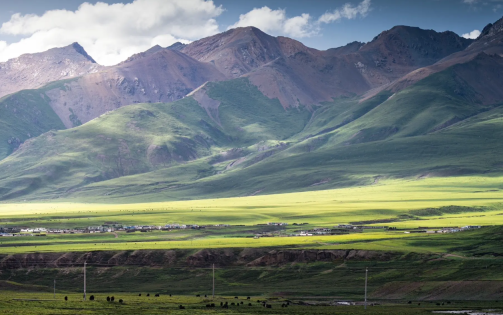
Nomadic Culture
The soul of Nagqu lies in its Tibetan nomadic lifestyle. Families live in yak-hair tents, moving seasonally in search of fresh pastures. Their lives revolve around yaks and sheep—providing milk, butter, wool, and fuel. Visiting the grasslands, you’ll witness scenes unchanged for centuries:
-
Herdsmen riding horses across open plains.
-
Women making butter tea and cheese inside traditional black tents.
-
Nomadic children racing ponies under the vast blue sky.
This way of life is deeply spiritual, with prayer flags fluttering on hilltops and Mani cairns marking sacred sites.
Festivals and Traditions
Nagqu is famous for its Horse Racing Festival, held every August. It is Tibet’s largest and most thrilling traditional festival. Nomads from across the plateau gather to race horses, showcase horsemanship, and enjoy vibrant cultural performances. The festival is also a time for trading, socializing, and celebrating Tibetan identity.
During the festival, you’ll see:
-
Riders dressed in colorful robes, demonstrating archery and racing skills.
-
Crowds enjoying Tibetan opera and folk songs.
-
A bustling market of yak products, handicrafts, and local food.
It is a perfect opportunity for travelers to experience the energy and hospitality of Tibetan nomads.
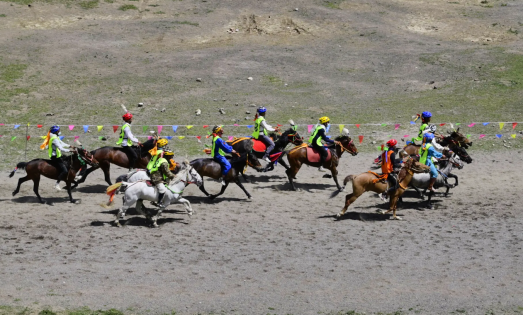
Best Time to Visit Nagqu Grasslands
The best season to explore Nagqu is July to September, when the grasslands are at their greenest, wildflowers are in full bloom, and the weather is relatively mild. This period also coincides with the Horse Racing Festival, adding cultural vibrancy to the natural beauty.
Winter, however, is harsh and extremely cold, with temperatures dropping below -20°C (-4°F), making travel difficult for most visitors.
What to See and Do
-
Endless Pastures and Wildflowers – Experience the vast grasslands under Tibet’s famously clear skies.
-
Nomadic Tents – Visit a local family to taste yak butter tea, cheese, and learn about their daily life.
-
Sacred Lakes – Nagqu is dotted with alpine lakes such as Nam Tso, one of Tibet’s three holy lakes, shimmering in turquoise against snowy mountains.
-
Horse Racing Festival – Witness the thrill of Tibetan horse racing and cultural celebrations.
-
Wildlife Spotting – Look for Tibetan antelopes, marmots, and migratory birds unique to the plateau.
Travel Tips
-
Altitude: At over 4,500 m, altitude sickness is a real concern. Acclimatize in Lhasa before heading north.
-
Clothing: Even in summer, nights are cold. Bring warm jackets, gloves, and sun protection.
-
Transport: Nagqu is accessible via the Qinghai-Tibet Railway or by road from Lhasa (approx. 6–7 hours).
-
Respect for Nomads: Always ask permission before entering tents or taking photos. Offering small gifts like tea or fruit is appreciated.
Conclusion
The Nagqu Grasslands are not just a destination—they are an experience of Tibet’s wild heart. With boundless horizons, vibrant nomadic culture, and the thrill of traditional festivals, Nagqu captures the essence of Tibetan life at its most authentic. For travelers seeking untouched beauty and cultural depth, the grasslands of Nagqu offer memories that last a lifetime.



